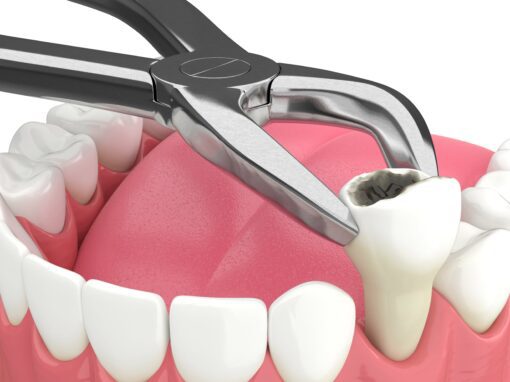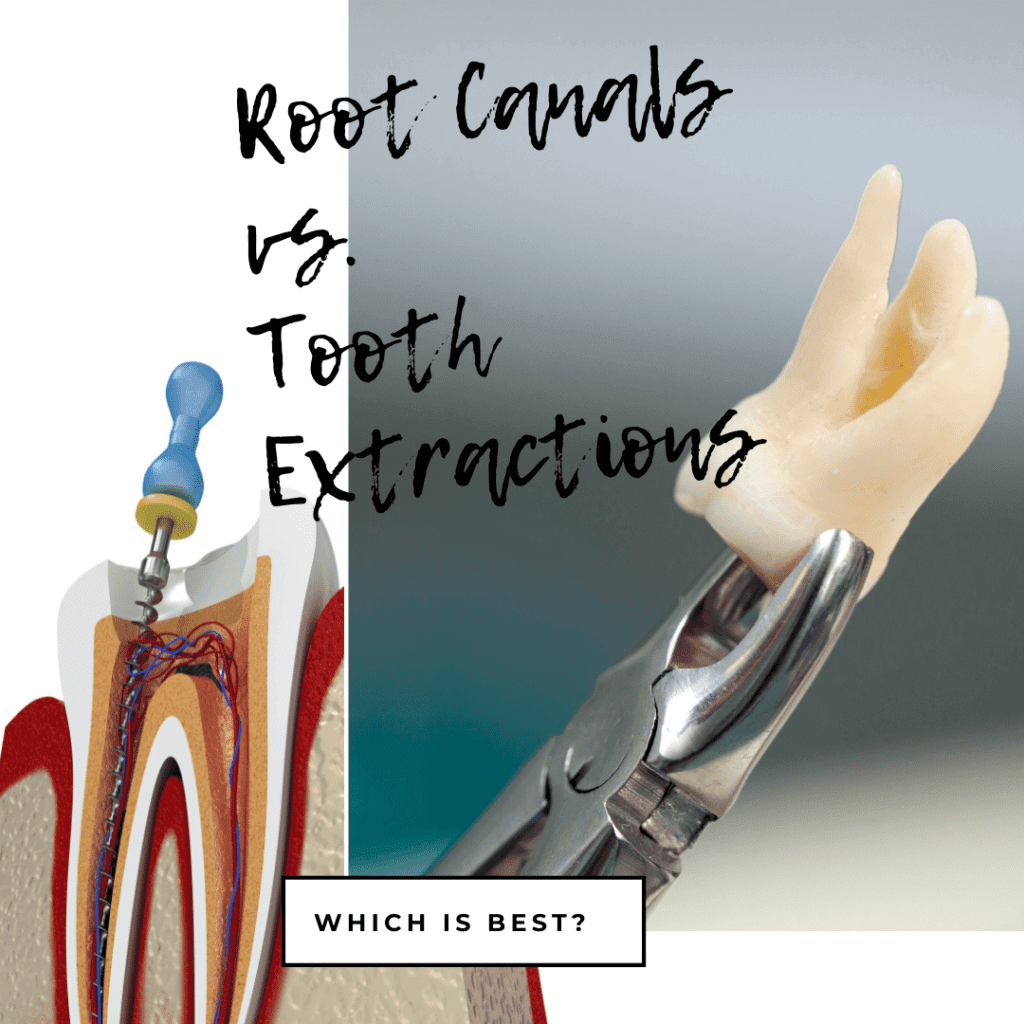If you’re experiencing severe tooth decay, you may be wondering if a root canal or tooth extraction is the best treatment for you. Both procedures are common ways to treat tooth decay, but each one has its own unique set of pros and cons. In this blog post, we will compare and contrast root canals and tooth extractions in detail so that you can make an informed decision about which procedure is right for you.
Root Canal Therapy
Root canal therapy is a common procedure used to treat severe tooth decay. Root canals, as they are commonly called, are performed when the decay is so severe that it has reached the innermost layer of the tooth known as the pulp. This ultimately causes a painful infection known as pulpitis.
The first step of the procedure is to remove the infected tissue from the tooth. This tissue is then replaced with a filling, which seals the tooth and prevents further infection. Root canal therapy can be an effective way to treat severe tooth decay, but it does have some risks and drawbacks.
The main risk of root canal therapy is that the infection may return after the procedure is completed. In some cases, the tooth may need to be extracted if the infection returns. Additionally, root canals can be expensive and time-consuming. However, one of the greatest benefits of root canal therapy is that it preserves the tooth roots and allows for the placement of a dental crown to restore the affected tooth.

Tooth Extractions
Tooth extractions are another common way to treat severe tooth decay. Unlike root canal therapy, tooth extractions do not restore the tooth and instead remove it from the mouth. By removing the tooth, the decay is also removed.
The main advantage of tooth extractions is that they are generally much less expensive than root canals. They also typically take less time to complete, and there is no risk of the infection returning. However, tooth extractions also have some drawbacks. The main downside is that they can be very painful, especially if the tooth is impacted. Additionally, tooth extractions leave an empty space in the mouth that should be immediately filled with a tooth-replacement option. Depending on the type of tooth-replacement option used, the cost can vary.
Which Procedure is Best?
There is no one-size-fits-all answer to this question. The best treatment for you will depend on your individual situation. If you have severe tooth decay, you should discuss your options with a dentist so that you can make an informed decision about which procedure is right for you.
Both root canal therapy and tooth extractions are common ways to treat severe tooth decay. Each procedure has its own unique set of pros and cons. Root canal therapy can be an effective way to treat the infection, but it does have some risks and drawbacks. Tooth extractions are less expensive and typically take less time to complete, but they can be very painful. The best treatment for you will depend on your individual situation. If you have severe tooth decay, please discuss your options with a dentist. Thank you for reading!




